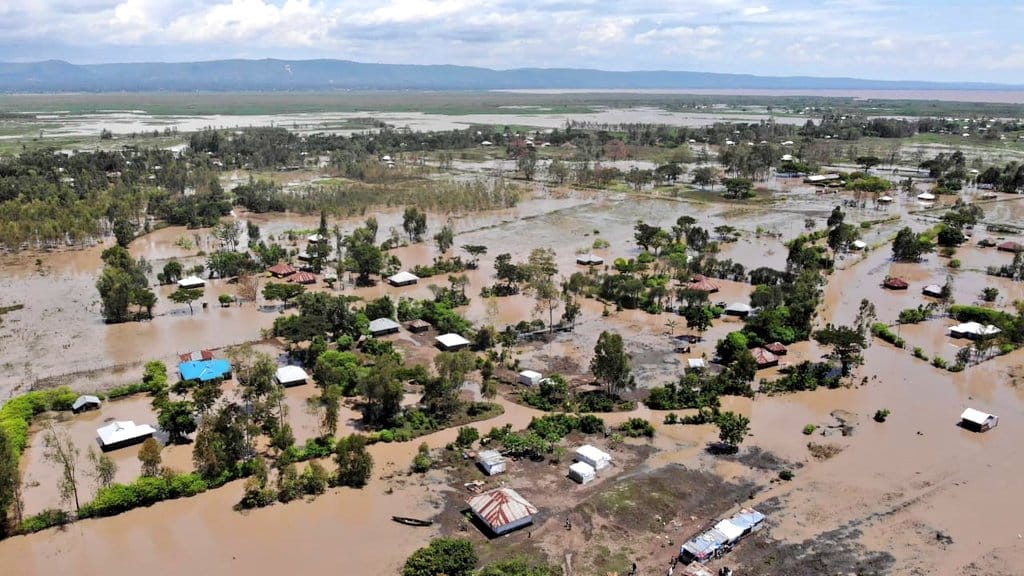Factors Impeding Comprehension and Inclusion of Early Warning Messages in Kolwa East Ward, Kisumu County, Kenya

About this Paper
This study explores the factors hindering the comprehension, accessibility, and inclusivity of early warning messages (EWM) in Kolwa East Ward, Kisumu County, Kenya. Despite the vital role of early warning systems (EWS) in reducing flood-related risks, gaps in message dissemination, institutional coordination, and community engagement limit their effectiveness.
Using qualitative research methods—including key informant interviews, focus group discussions—and Geographic Information Systems (GIS) analysis, the study identifies several barriers affecting the uptake of early warnings. These include inadequate communication infrastructure, language barriers, lack of trust in forecasts, and the exclusion of marginalized groups such as persons with disabilities and low-literacy populations. Many residents receive early warnings too late, in inaccessible formats, or without clear guidance on protective actions. Additionally, indigenous knowledge, which plays a crucial role in local risk perception, is often overlooked in official forecasting and dissemination processes.
Findings highlight the need for people-centered EWS that are timely, localized, and culturally responsive. The study recommends improving governance structures, enhancing multi-stakeholder collaboration, and ensuring early warning messages are tailored to the needs of at-risk communities. Addressing these challenges can strengthen disaster preparedness and response efforts, ultimately reducing flood-related losses and improving resilience in vulnerable regions of Kenya and beyond.
Explore the executive summary or full paper to learn more.
Authors and Collaborators
- Linda M. Obiero, Department of Earth and Climate Sciences, University of Nairobi
- Lydia Olaka, The Technical University of Kenya
- Jane Mutune, Department of Earth and Climate Sciences, University of Nairobi; World Agroforestry Centre

This research was funded with UK International Development from the UK government. It was part of a multi-country research initiative led by the Global Disaster Preparedness Center of the American Red Cross. Access all final publications here.
